Taylor Mali
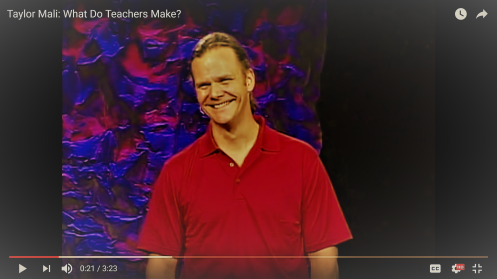
Taylor Mali — What do teachers make
Normally I post about marketing issues. You know, the branding, communications and engagement kind of stuff. But this time I am doing a tribute to teachers. I pose this question to you all: “Are teachers equally as valuable as other public servants?”.
I live in Dallas, TX now. I was out for a stroll through a neighboring community. It is kind of an enclave surrounded by Dallas, but it is a separate municipality. There is a beautiful park with plaques placed around and throughout the park. Most of them were from families honoring a loved one. But one of them was a plaque honoring a teacher for the dedication to service she put into instructing students in this community. I began to think about how valuable teachers are to a society.
I recently took a test that popped up in my Facebook feed. You know those Facebook evaluations that often shows you how complete inadequate you are in some area. This quiz was an English grammar quiz with 25 questions. These were not easy questions. To my utter surprise, I got all of them correct. I have always felt that I was a good writer, but grammar was something to be worked on. Not that I was bad. I always spoke well. I just needed to be careful not to send out something in writing with incongruent verb tense and other minor technical errors like that. But errors none-the-less. Let alone my real Achilles’ Heel…spelling. All this reminded me of a high school teacher that I had. She was as dedicated to serving others (students in this case} as any fireman, police officer or emergency health care provider.
I was so fortunate to have, not one, but four great influences from high school that prepared me for my professional and adult life. Most folks are lucky if they can point to just 1 high school influence that made a transformative impact on our younger lives. I can boast four influences of significance. Not that they would necessarily want me to name them but I would be remiss if I did not give them all a proper shout-out: Irvin Wright, Jacqueline Greenwood, John Thomas and Azilee Kincaid. But the hero in this article is the latter, Mrs. Azilee Kincaid. (I’ll save the other 3 for a later blog post as they were also heroes to me in my high school academic, sports and spiritual growth.)
Mrs. Kincaid was my teacher for a class called Pre-college Grammar. Mrs. Kincaid taught other lower grade English classes as well, but for some reason, I never had her as a teacher until my senior year. Pre-college Grammar was an elective. To tell the truth, I was scared to death of college level courses based on all that I had heard about the preparedness (or lack thereof) of public school students vs. the theoretical superior preparation of my private school peers. So Pre-college Grammar sounded like one of the courses I needed to get ready for the rigors of post-secondary education, and to that point, I was not disappointed.
In this class, we were required to write a paper each week on top of our other homework. But remember, I felt that I was a good writer, so this should not be a problem. The first paper that I turned in came back looking like someone had slit their wrist over the paper it had so much red ink on it. Luckily, I still got a grade of “A-“. But the comments written all over it were, “Please be sure to check your punctuation and your SPELLING”. I don’t want to date myself but it went on to say, “USE A DICTIONARY”. Yes, this story predates Spellcheck, Grammarly, and Google. In fact, the internet would not be developed for several years to come.
The next week I re-doubled my efforts as I was determined to give Mrs. Kincaid the best that I had to offer. Turning it in I was confident. Did I say confident? Well, much to my chagrin it came back with just as much red ink on it. But due to the content, story development and phrasing I still received a “B”. But the warning of “USE A DICTIONARY” was prominently scrawled across the paper. This, also, got me a request to remain after class where the same warning was nicely articulated verbally. She had a kind way about her and even when you were getting scolded she was so pleasant about it. You just felt that you let her down in some way.
“Well, I’m going to make her proud”, I thought. I’m going to kill this next paper. Again, I put my best prose down on paper. By now my punctuation and grammar are showing real improvement. However, that darn spelling was going to be the death of me yet. Being as diligent as I could I turned in my work on Friday that I knew I could be proud of. As our papers were returned that next Monday I did not see copious amounts of red all over the paper. SUCCESS I thought…until I saw my grade…”C-“.
What?! How can that be? Yes, there were a few circled words, but clearly, there was a definite reduction in the use of red ink vs. the prior papers. Upon closer inspection, what I thought was a “few” circled words uncovered several spelling errors. As I flipped through pages it was revealed that, indeed, there were “many” circle words. At the end of the paper was a brief note that simply said, “This is a very good paper BUT I TOLD YOU TO USE A DICTIONARY.” To really burn the seriousness of this message into my brain the note went on to say, “It would have been an A+ and that is the only reason it was not lower than the grade of “C-“.
What was I going to do, sit there with a dictionary in my hand and look up every darn word? Really?! Gone was my cockiness about believing that I was a good writer. In its place was a bit of self-doubt. On the next paper, I sat with my dictionary next to me and I looked up everything that was the least bit questionable. Word after word after word until I must have looked up every 5th word in the entire paper. No longer was I content to razzle dazzle with a good storyline, compelling content and much-improved grammar. I had to spell words correctly too. All words!
I wish I could say that that cured me completely. Unfortunately, to this day I still have spelling issues. But I learned some super valuable lessons from Mrs. Kincaid: 1) the quality of my spelling was not going to be tolerated in college; 2) people judge you on your writing regardless of all the other good things about your performance; and 3) I WAS a good writer but not nearly as good as I thought I was. But my deficiencies could be overcome with hard work. All these revelations were due to the fact that Mrs. Kincaid cared to make me see the errors of my ways before it was too late.
As a result, I think I got all “A” grades in my required arts and letters courses in college. Even today, with spellcheck and Grammarly actively working in the background I have a trusted colleague review my important writing, especially if it is going to the board, or to be published.
At the end of my senior year in high school, at the pinning ceremony for the National Honors Society induction, it was Mrs. Kincaid who fought off another teacher to be the one who pinned me. That is a pleasing image that I will take with me to my grave. Thank you, Mrs. Kincaid!
At the beginning of this article, I asked a rhetorical question regarding the value of teachers. Great teachers make a difference to us all. I hope this story and the accompanying spoken word performance by Taylor Mali hammers the point home – teachers are invaluable. [Taylor Mali.]
Taylor Mali, Youtube – What do teachers make
P.S. I found out that my public school education was as good at preparing me to be competitive in college as any of my peers. I know someone will be critically reviewing this work to see if they can catch any errors. Please save your “gotcha” comments. I know I’m not infallible. I have been humbled.
Posted in Uncategorized


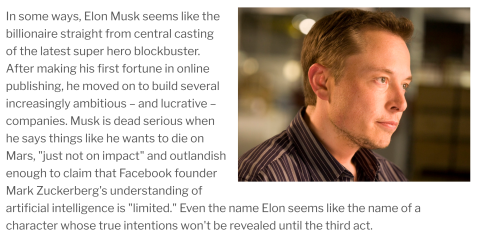


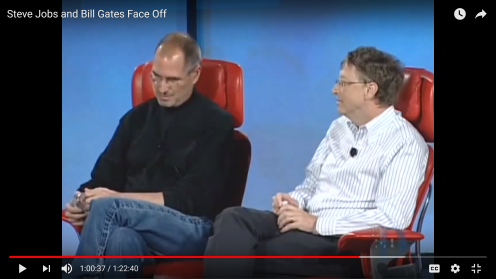
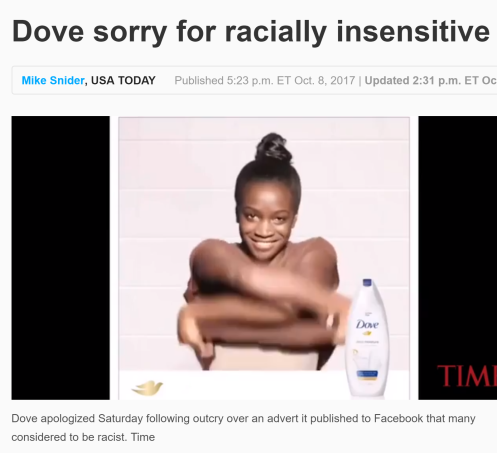

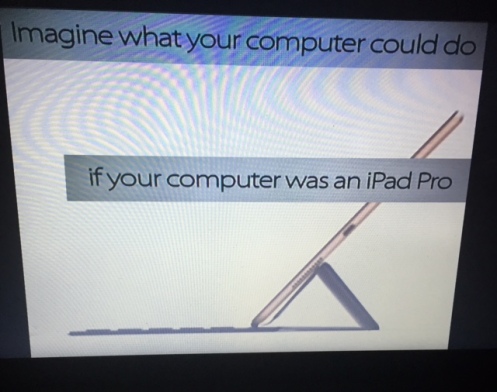
![nike-just-do-it-2[1]](https://wendellhall.wordpress.com/wp-content/uploads/2016/07/nike-just-do-it-21.jpg?w=497)

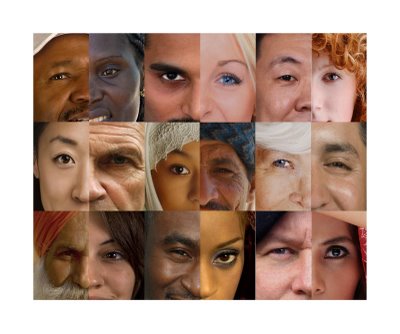 . I know that sometimes it is the optics that drives the push for a diverse workforce. And sometimes it is good old governmental intervention, particularly if government contracts are in play. But at the end of the day CEOs and business leaders will talk about diversity as a positive condition to aspire to.
. I know that sometimes it is the optics that drives the push for a diverse workforce. And sometimes it is good old governmental intervention, particularly if government contracts are in play. But at the end of the day CEOs and business leaders will talk about diversity as a positive condition to aspire to.